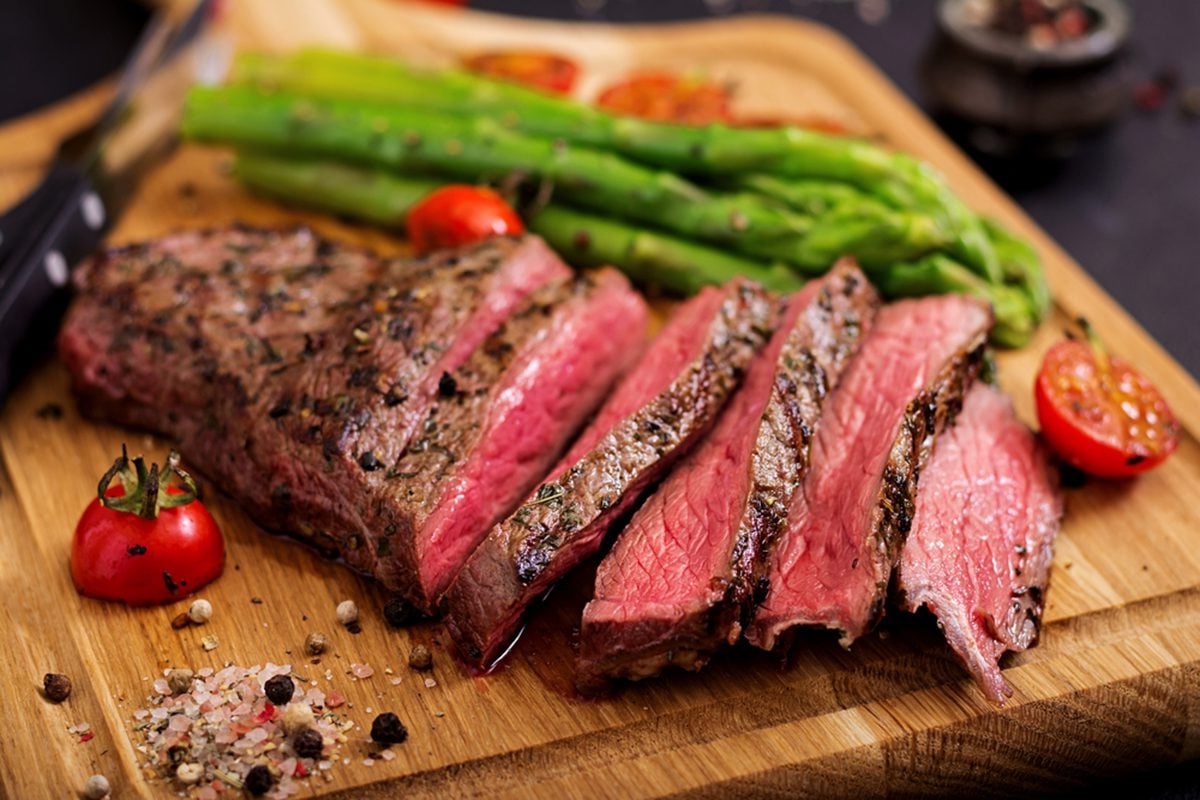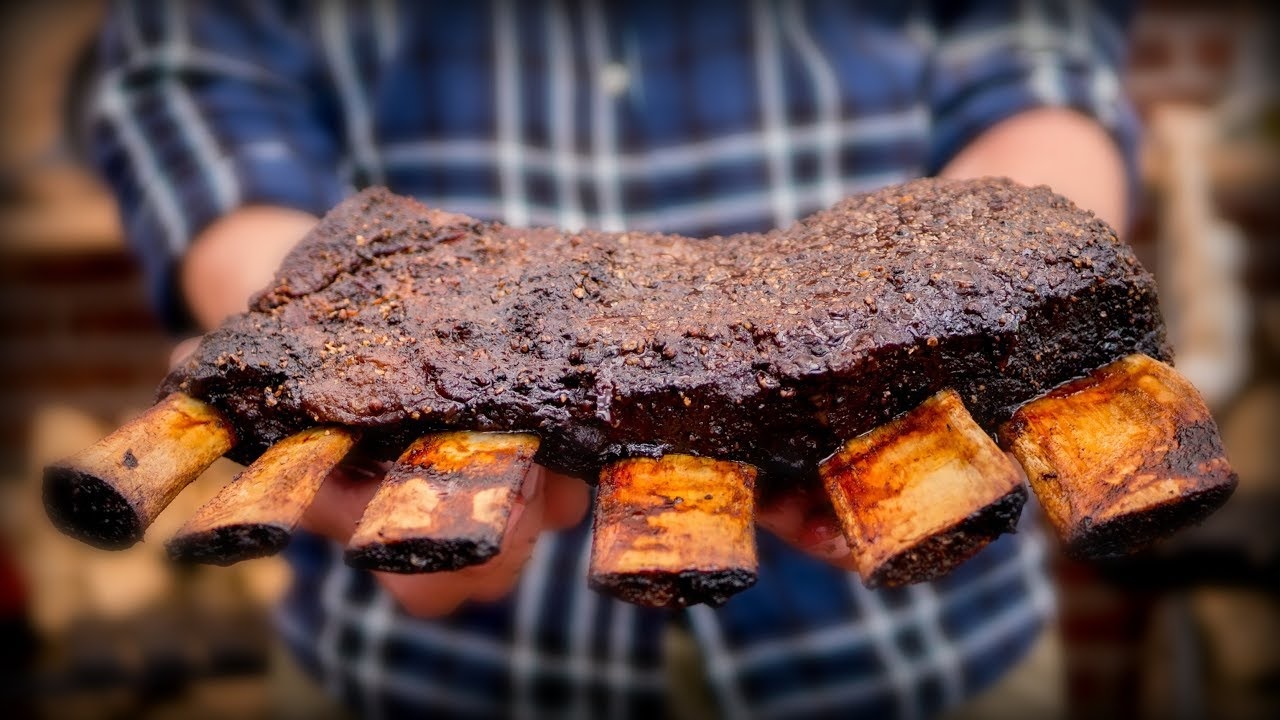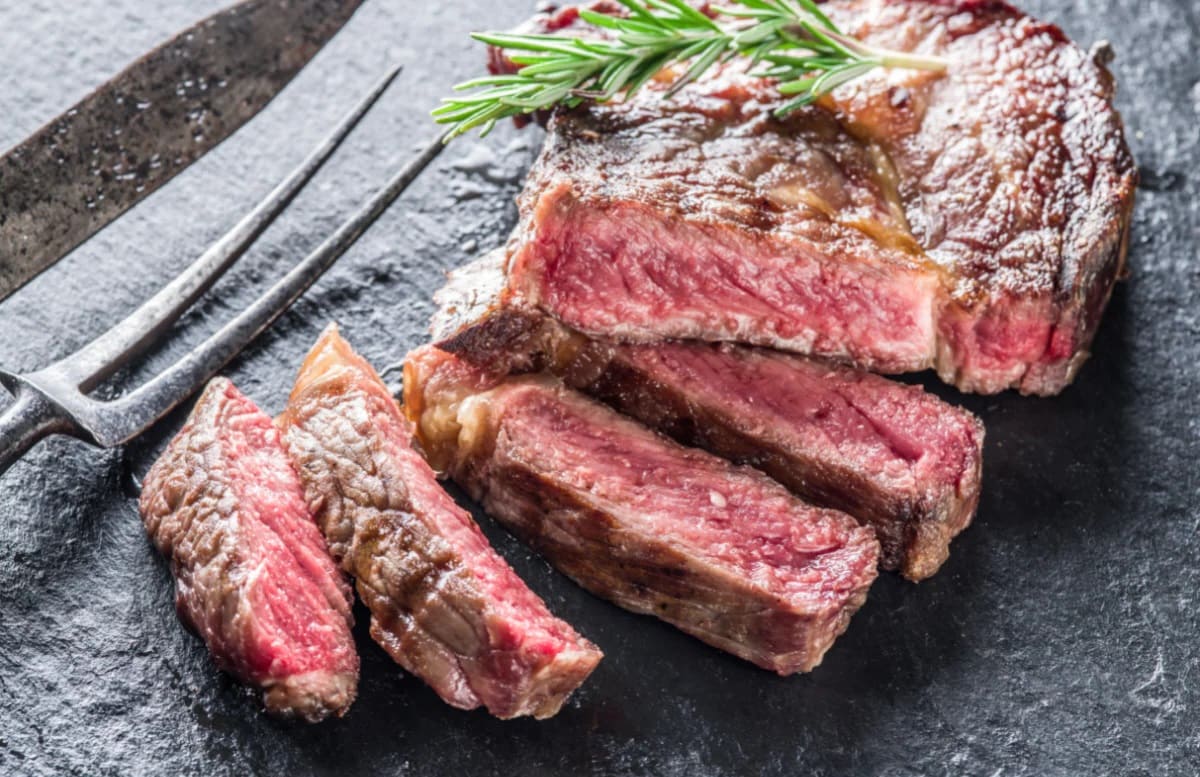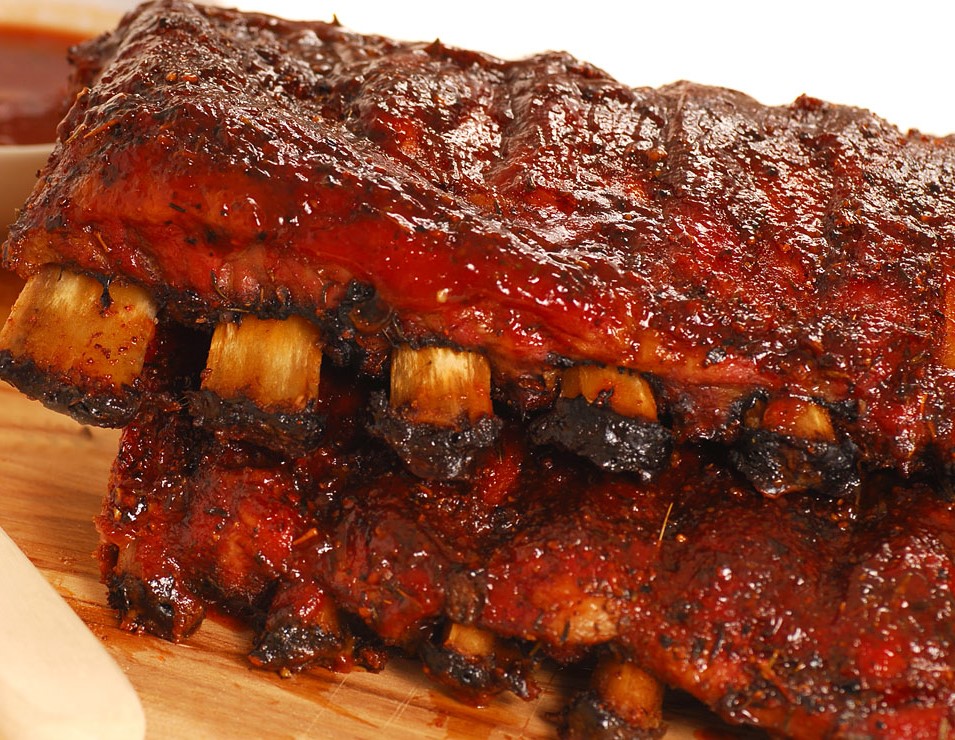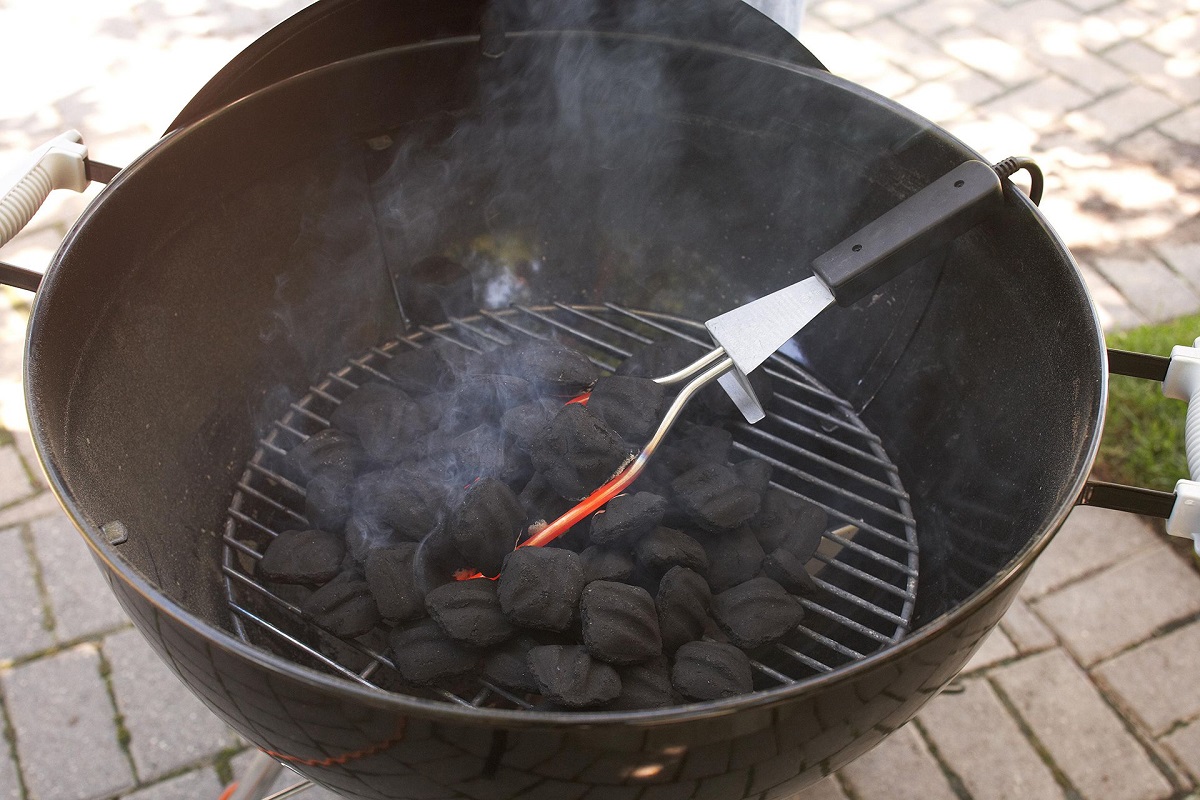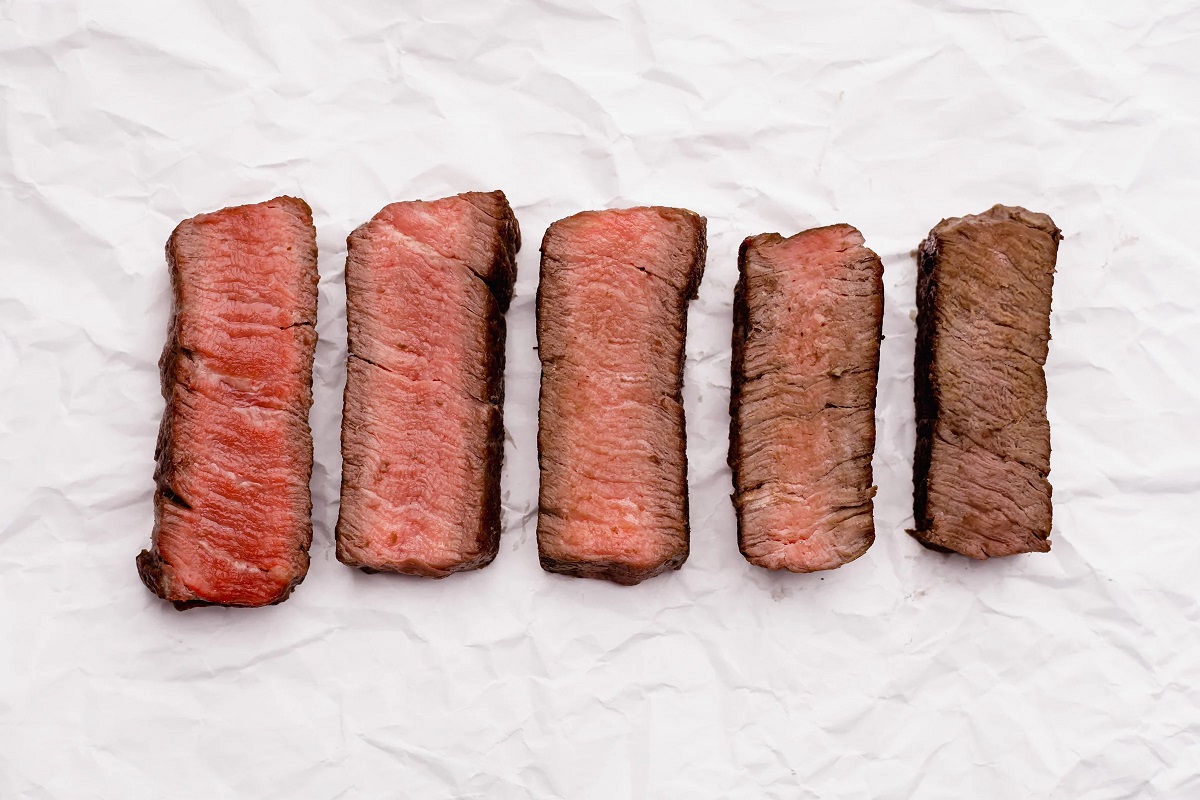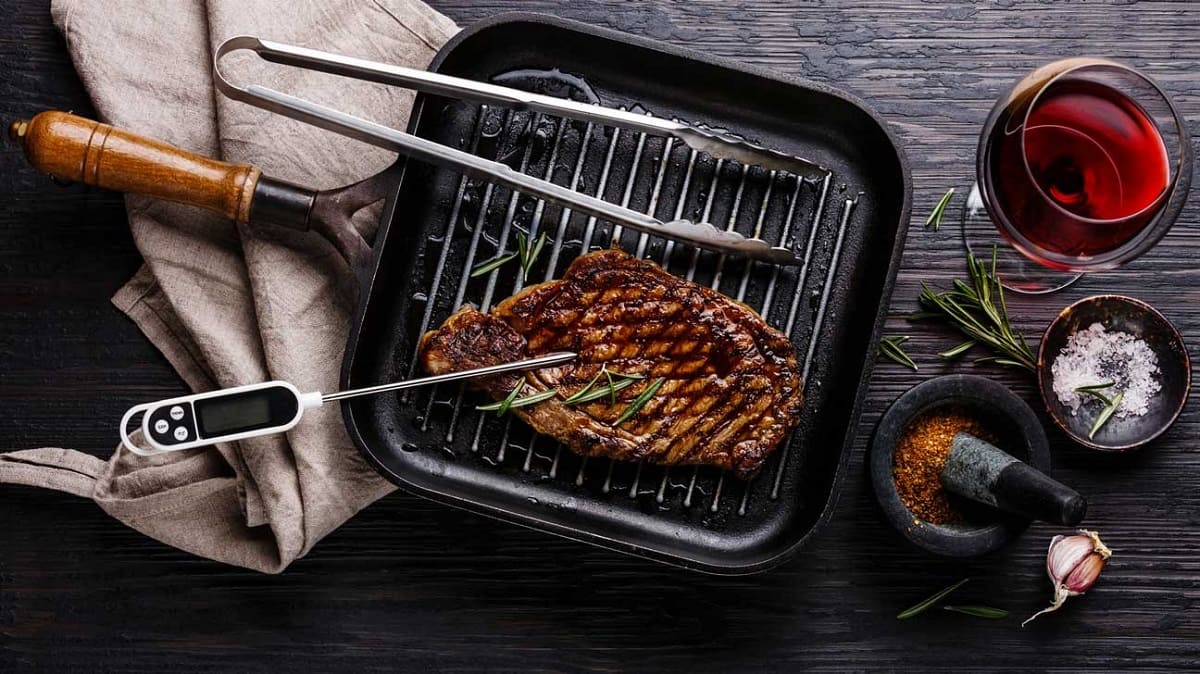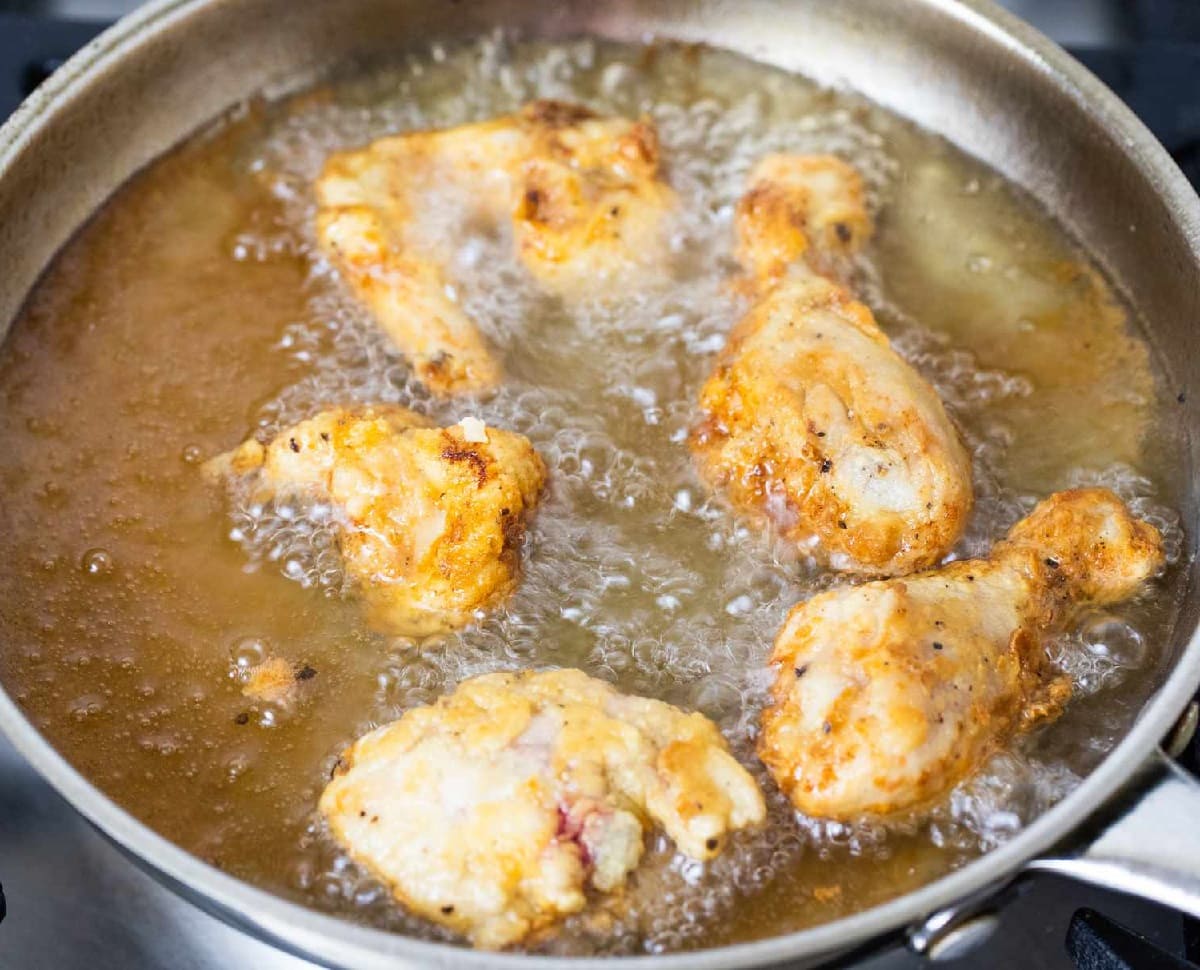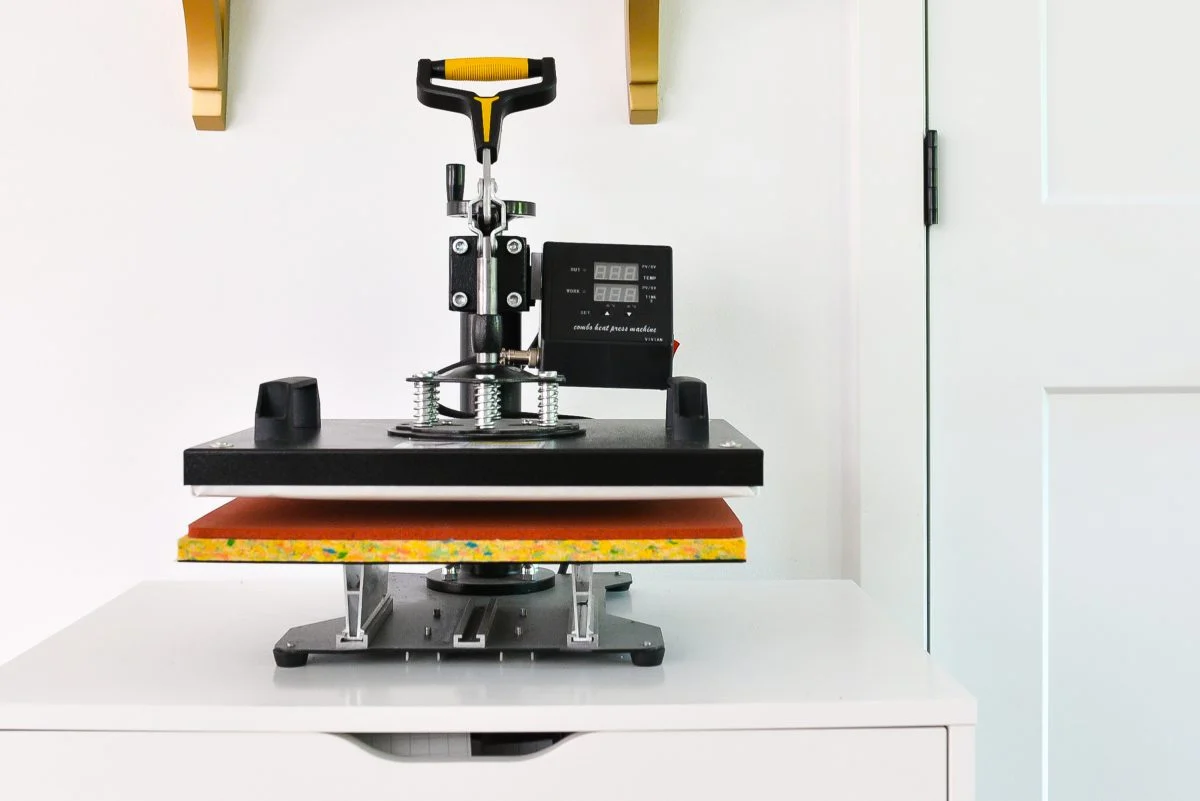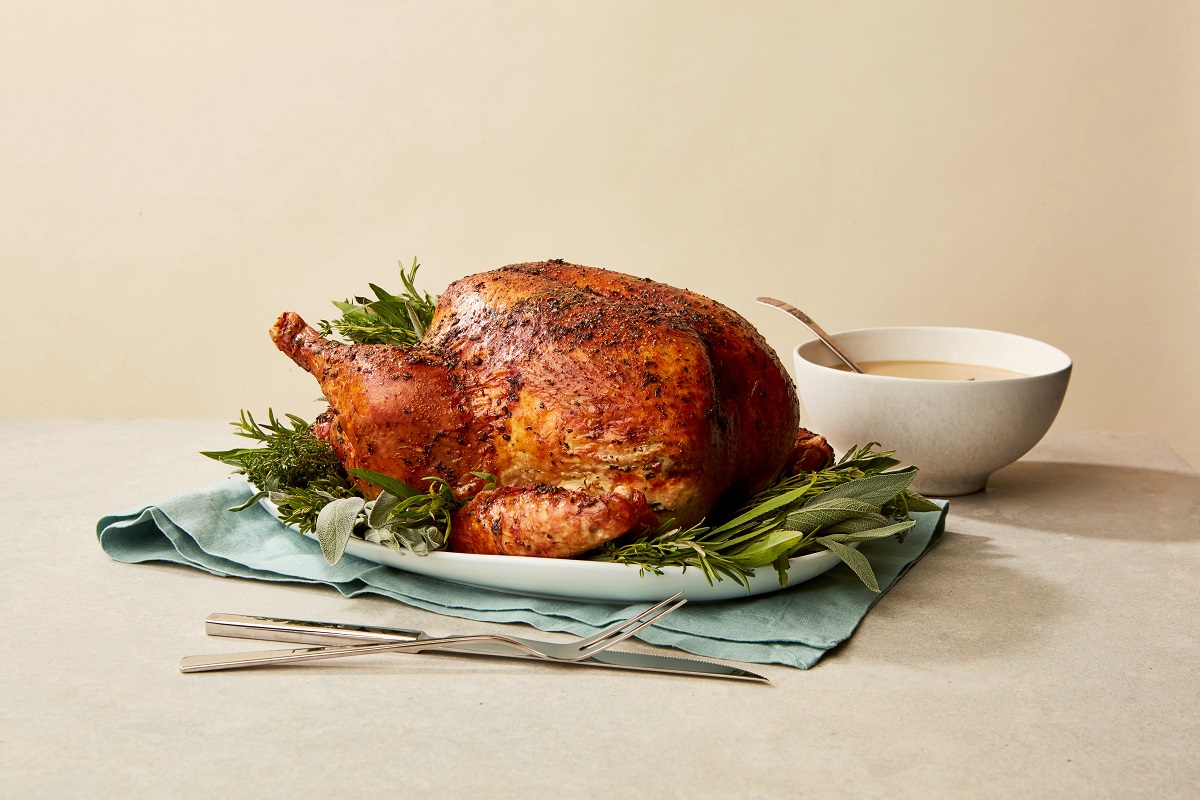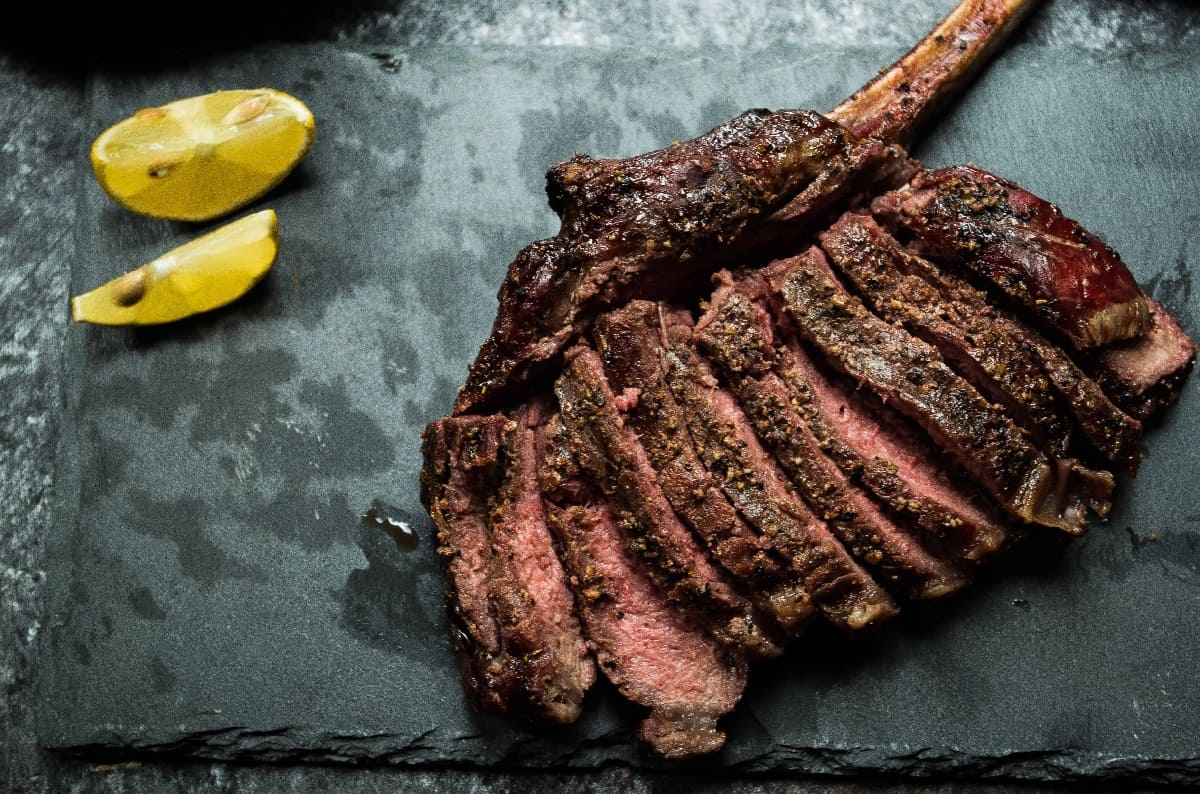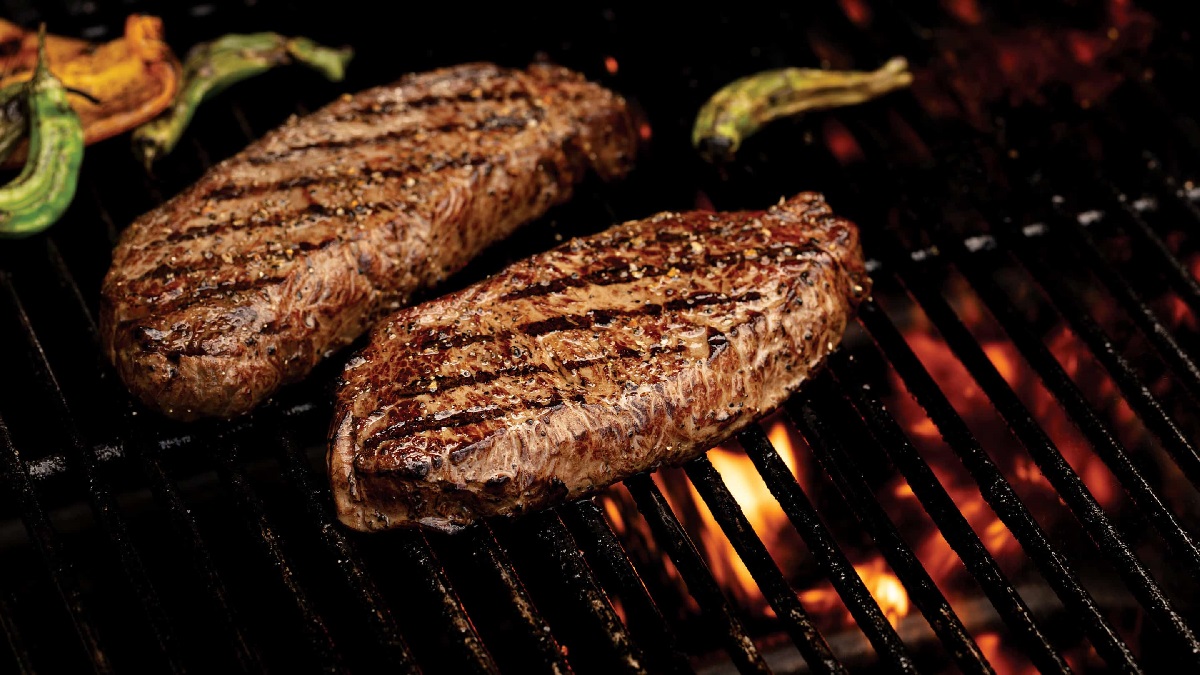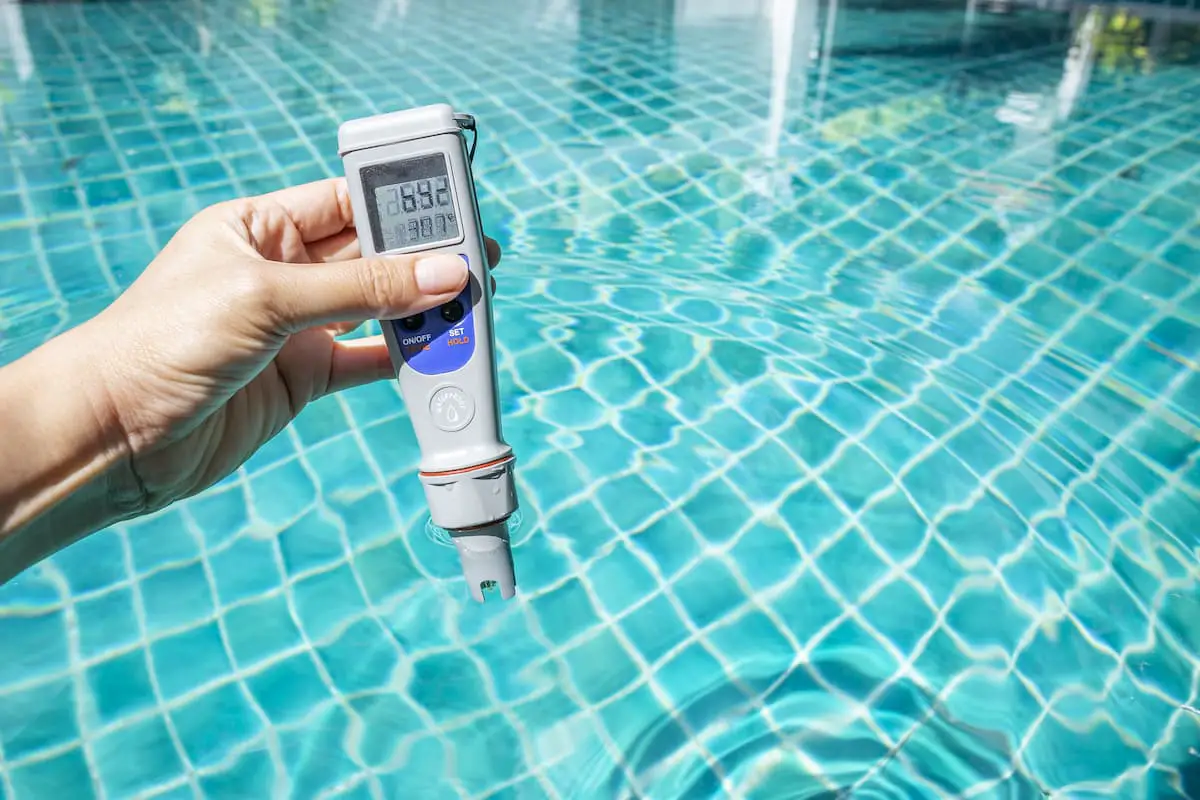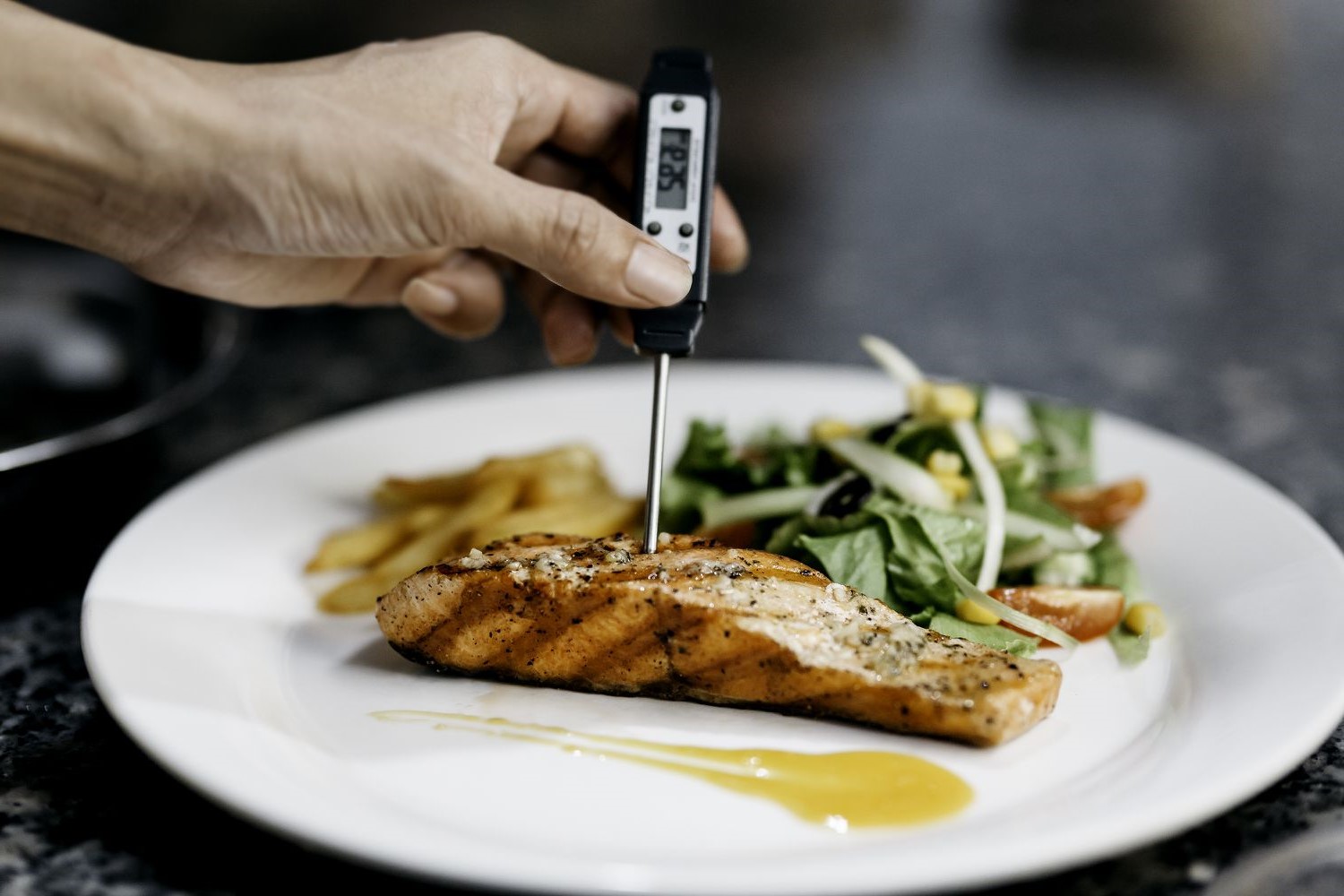Home>Culinary & Beverages>Perfect Temperature For Medium Rare Prime Rib
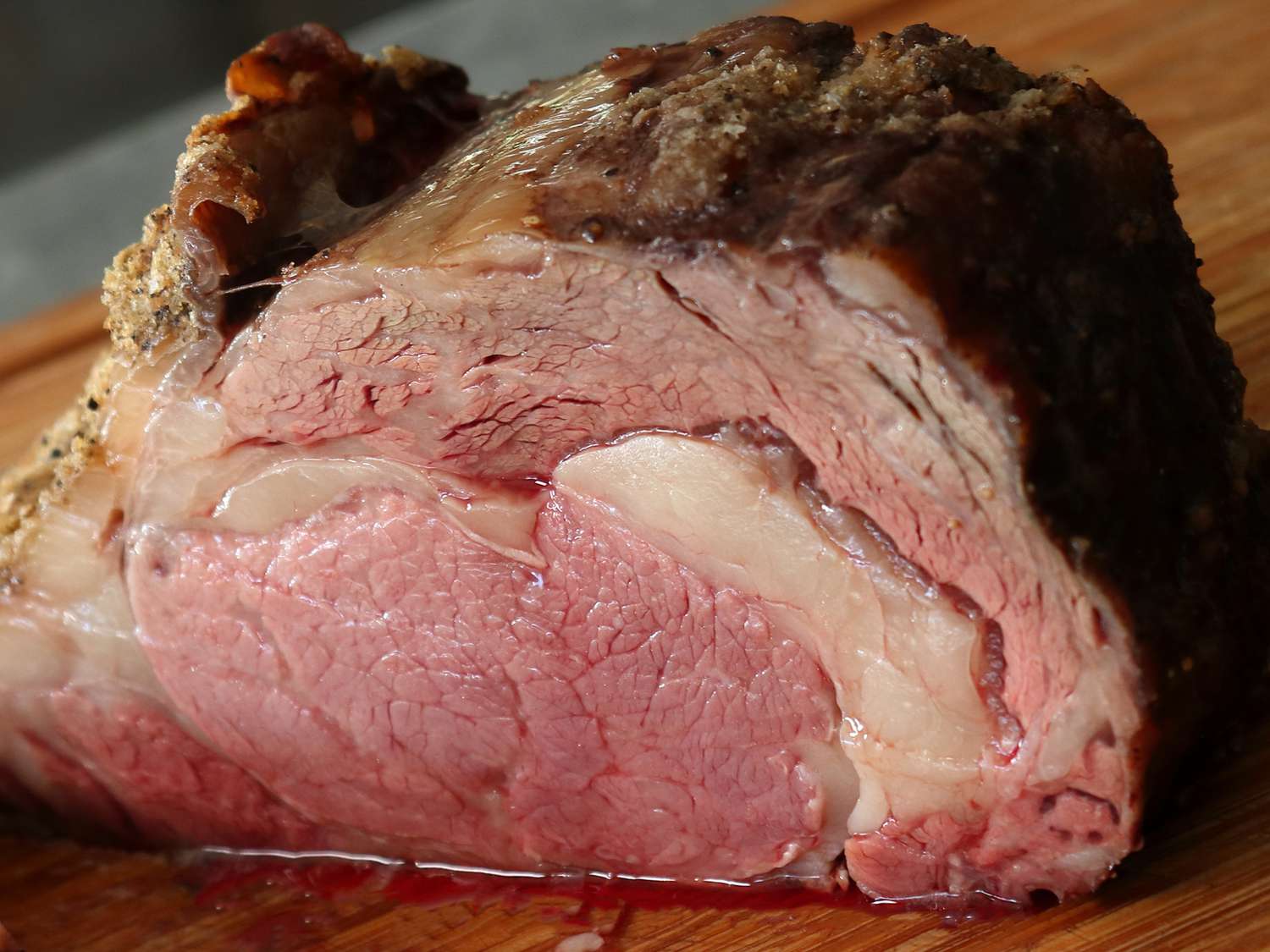

Culinary & Beverages
Perfect Temperature For Medium Rare Prime Rib
Published: March 3, 2024
Discover the perfect temperature for cooking medium rare prime rib with our expert culinary and beverages guide. Impress your guests with a perfectly cooked prime rib every time.
(Many of the links in this article redirect to a specific reviewed product. Your purchase of these products through affiliate links helps to generate commission for Temperatures.com, at no extra cost. Learn more)
Table of Contents
The Importance of Temperature Control
Temperature control is a critical factor in achieving the perfect medium rare prime rib. It directly impacts the texture, flavor, and overall quality of the meat. Whether you're a seasoned chef or a home cook, understanding the significance of temperature control is essential for mastering the art of cooking prime rib.
When it comes to cooking prime rib, precision is key. The right temperature ensures that the meat is cooked to perfection, with a succulent and tender texture. Cooking at the correct temperature also helps to retain the natural juices within the meat, resulting in a flavorful and moist end product.
Moreover, temperature control plays a pivotal role in food safety. Cooking the prime rib at the appropriate temperature ensures that harmful bacteria are eliminated, making the dish safe for consumption. This is particularly crucial when serving the prime rib to guests or customers, as it reflects your commitment to both quality and safety standards.
Furthermore, temperature control directly impacts the overall dining experience. A prime rib cooked at the ideal temperature will be juicy, tender, and bursting with flavor, delighting the taste buds of those who savor it. On the other hand, improper temperature control can lead to overcooked, dry, or tough meat, resulting in a disappointing culinary experience.
In essence, temperature control is the cornerstone of preparing a delectable medium rare prime rib. It is the fundamental element that ensures the meat's texture, flavor, and safety are all optimized. By understanding and mastering temperature control, you can elevate your prime rib cooking skills and consistently deliver a memorable dining experience for yourself and those you serve.
Understanding the Ideal Cooking Temperature
Cooking the perfect medium rare prime rib hinges on understanding and mastering the ideal cooking temperature. For prime rib aficionados, achieving the coveted medium rare doneness is a culinary triumph that hinges on precision and expertise. The ideal cooking temperature for medium rare prime rib typically ranges between 130°F to 135°F (54°C to 57°C) when measured at the center of the meat. This temperature range ensures that the prime rib is cooked to a beautiful medium rare, with a rosy pink center that exudes juiciness and tenderness.
When the prime rib reaches an internal temperature of 130°F (54°C), it is at the lower end of the medium rare spectrum, boasting a softer texture and a more pronounced pink hue. On the other hand, at 135°F (57°C), the prime rib edges towards the upper limit of medium rare, offering a slightly firmer texture while retaining its succulence and rich flavor profile.
Understanding the ideal cooking temperature also involves recognizing the impact of carryover cooking. After the prime rib is removed from the heat source, residual heat continues to raise the internal temperature by a few degrees. This phenomenon, known as carryover cooking, must be factored into the cooking process to ensure that the prime rib reaches the desired level of doneness without overcooking.
Achieving the perfect medium rare prime rib requires a delicate balance of time and temperature. Whether using an oven, grill, or sous vide method, closely monitoring the cooking temperature is paramount. Additionally, the thickness and weight of the prime rib should be considered when determining the cooking time and temperature, as these factors influence the overall cooking process.
Mastering the ideal cooking temperature for medium rare prime rib is a testament to culinary finesse. It involves a deep understanding of the meat's internal changes as it cooks, as well as the ability to anticipate the impact of carryover cooking. By honing this knowledge and skill, chefs and home cooks alike can consistently produce prime rib dishes that showcase the epitome of medium rare perfection, captivating the palates of those fortunate enough to savor this culinary masterpiece.
Tips for Achieving the Perfect Medium Rare Prime Rib
-
Selecting the Right Cut: Begin with a high-quality prime rib cut, preferably bone-in, as it enhances the flavor and succulence of the meat. Look for well-marbled prime rib, as the intramuscular fat contributes to the tenderness and juiciness of the final dish.
-
Preparation: Prior to cooking, allow the prime rib to reach room temperature. This ensures even cooking throughout the meat. Additionally, generously season the prime rib with a blend of kosher salt, freshly ground black pepper, and any desired herbs or spices. The seasoning should be applied at least an hour before cooking to allow the flavors to permeate the meat.
-
Use of Meat Thermometer: Invest in a reliable meat thermometer to accurately monitor the internal temperature of the prime rib. This is crucial for achieving the desired medium rare doneness. Insert the thermometer into the thickest part of the meat, away from the bone, for an accurate reading.
-
Cooking Method: Whether roasting in the oven, grilling, or utilizing sous vide, choose a cooking method that allows for precise temperature control. For oven roasting, a two-step cooking process is recommended, starting with high heat to sear the exterior, followed by lower heat to gently cook the interior to the desired temperature.
-
Resting Period: After cooking, allow the prime rib to rest at room temperature for 15-30 minutes. This resting period enables the juices to redistribute within the meat, resulting in a more tender and flavorful end product.
-
Carving and Serving: When carving the prime rib, use a sharp knife to achieve clean, even slices. Serve the prime rib with a flavorful au jus or accompanying sauce to complement its rich, beefy flavor.
-
Accompaniments: Consider serving the prime rib with classic accompaniments such as horseradish cream, Yorkshire pudding, or roasted vegetables to elevate the dining experience.
By implementing these tips, you can elevate your prime rib cooking skills and consistently achieve the perfect medium rare doneness, delighting the palates of those fortunate enough to savor this culinary masterpiece.
Checking the Temperature Accurately
Ensuring the accurate measurement of the prime rib's internal temperature is paramount in achieving the perfect medium rare doneness. To accomplish this, utilizing a reliable meat thermometer is indispensable. When selecting a meat thermometer, opt for a digital instant-read thermometer, as it provides swift and precise readings, allowing for real-time adjustments during the cooking process.
Before inserting the thermometer into the prime rib, it's essential to identify the thickest part of the meat, ensuring that the thermometer's probe is positioned away from any bones, as they can impact the temperature reading. Carefully insert the thermometer into the center of the prime rib, penetrating the meat to its midpoint without touching the bone. This placement ensures an accurate assessment of the internal temperature, reflecting the true doneness of the prime rib.
During the cooking process, it's advisable to monitor the temperature regularly, especially as the prime rib approaches the target range for medium rare. This frequent monitoring enables timely adjustments to the cooking time or heat level, ensuring that the prime rib reaches the desired doneness without surpassing the ideal temperature range.
Additionally, when using an oven or grill, it's crucial to avoid prolonged exposure to heat when checking the temperature. Briefly open the oven or grill to minimize heat loss, swiftly insert the thermometer for a reading, and promptly close the cooking apparatus to maintain the desired temperature. This approach prevents significant fluctuations in the cooking environment, preserving the integrity of the cooking process.
Furthermore, for larger prime rib cuts, it's beneficial to take multiple temperature readings at different locations to ensure uniform doneness throughout the meat. This practice accounts for potential variations in thickness and marbling, providing a comprehensive understanding of the prime rib's overall cooking progress.
By meticulously checking the temperature with a reliable meat thermometer and employing strategic monitoring techniques, you can confidently navigate the cooking process, culminating in a perfectly cooked medium rare prime rib that captivates with its succulence and rich flavor profile.
Resting and Serving the Prime Rib at the Right Temperature
After the prime rib has been cooked to the ideal medium rare temperature, the crucial step of resting the meat ensues. This period of rest, often overlooked but essential, allows the prime rib to redistribute its juices, resulting in a more tender and flavorful end product. As the prime rib rests, the internal temperature continues to rise slightly due to carryover cooking, further enhancing the overall succulence and texture of the meat.
During the resting phase, it's imperative to maintain the prime rib at the right temperature to preserve its optimal doneness. To achieve this, the prime rib should be tented loosely with aluminum foil, shielding it from rapid heat loss while allowing excess steam to escape. This gentle covering helps to insulate the prime rib, preventing a drastic drop in temperature that could compromise its medium rare perfection.
The recommended resting period for a prime rib ranges from 15 to 30 minutes, depending on the size of the cut. This timeframe allows the meat's juices to evenly disperse, culminating in a moist and tender texture throughout. Moreover, the resting process contributes to the development of a delectable crust on the exterior of the prime rib, enhancing its visual appeal and flavor profile.
Once the prime rib has undergone its resting phase, it is ready to be served at the right temperature. When carving the prime rib, it's essential to use a sharp knife to achieve clean, even slices that showcase the meat's succulence and rosy pink center. Each slice should be presented at the optimal serving temperature, ensuring that the medium rare doneness is preserved until it reaches the diner's plate.
Accompanying the prime rib with a flavorful au jus or complementary sauce further enhances the dining experience, elevating the rich, beefy flavors of the meat. Additionally, serving the prime rib with classic accompaniments such as horseradish cream, Yorkshire pudding, or roasted vegetables adds depth and variety to the culinary presentation, delighting the senses of those partaking in this exquisite dish.
By meticulously observing the resting period and serving the prime rib at the right temperature, you can present a culinary masterpiece that embodies the epitome of medium rare perfection. Each slice exudes succulence, tenderness, and a rich flavor profile, leaving a lasting impression on those fortunate enough to savor this gastronomic delight.
